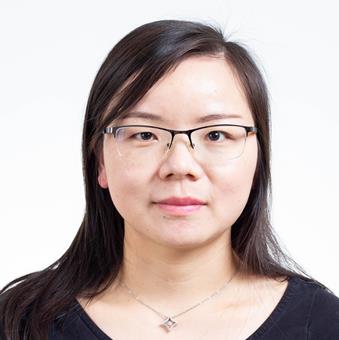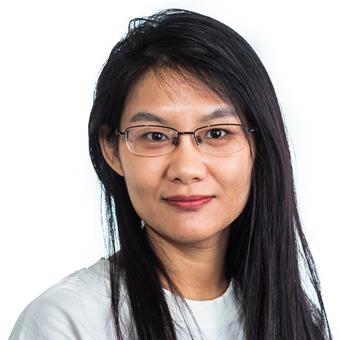The ability to control light down to the nanoscale opens for improved energy conversion, better sensors, energy-efficient displays and materials with exotic function not found in nature.
In our group, we use metal nanostructures to shape light at the nanoscale via charge oscillations called plasmons. Through combination with functional organic materials we develop applications in sensing, energy harvesting and displays. We also study and develop novel nanooptical concepts based purely on organic materials, without involving traditional plasmonic metals like gold or silver. Examples include switchable optical nanoantennas made from conducting polymers and vibrant structural coloration generated by biomimetic photonics crystals. We are further interested in forest-based optics, not least in cellulose materials for radiative cooling of objects via thermal emission to cold space.
Group vision workshop 2020, Norrköping












